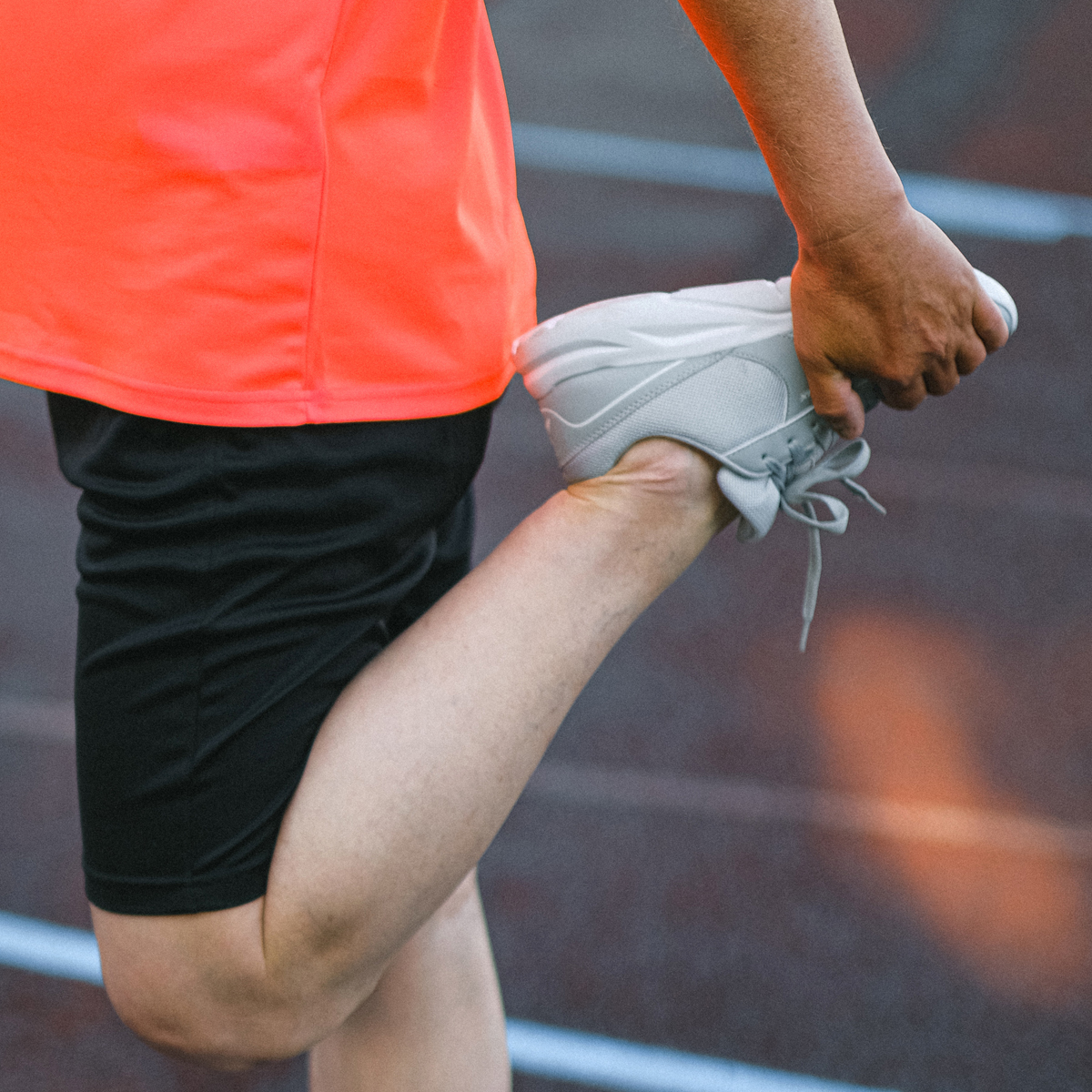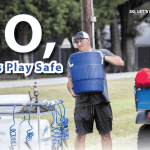Stretching is an important part of any injury recovery process. Stretching has been known to aid in the increase of healthy blood flow circulation, flexibility, and range of motion – all of which help to decrease your pain and speed up in the natural healing process of your soft tissue.

When you stretch and hold a stretch, the action of stretching lengthens your muscles, tendons, and ligaments. Movement of any kind is an essential part of recovery from a hamstring tear, rehabilitation after hamstring surgery, or managing on-going pain from an injury, or re-injury.
Your stretching can be completely ineffective if you aren’t following some very basic guidelines during your stretch. Improper stretching can also lead to more pain, re-injury or even more tearing in your hamstring. Stretching is such a vital part of recovery, but the idea that “any stretching is good stretching” is completely wrong.
Here are the questions you need to ask yourself to determine if your stretching will help in your hamstring strain recovery process:
-
Are you stretching your hamstrings when they are “cold”?
-
Is your stretch consistent and stable?
-
Are you holding the stretch long enough?
-
Are you experiencing any pain?
-
Are you “cooling down” properly after stretching?
Learning these details will help you in making sure that your exercises will have a long-lasting positive impact on your recovery process.
“Cold” Stretching is Bad
“Cold” stretching is basically doing static (non-moving) stretches before getting active. Static stretching can be harmful to your body if you aren’t warming up properly first. Doing static stretching on “cold” soft tissue (that has not had a chance to warm up) will be forcing your tissue to lengthen and extend and will only tighten up your injury tissue further. Some studies have found that static stretching without a proper warm-up will actually decrease muscle strength by 30%. Your tissue may even stay in a weakened state for 30 minutes after your stretching.
Bouncing in a Static Stretch is Bad
Moving or bouncing your leg while stretching in a static (unmoving) pose can do you more harm than good. Bouncing into stretches can cause tearing in your upper leg or knee (muscles, tendons, ligaments) that will lead to the growth of more scar tissue in your leg and knee. This scar tissue will further tighten the area making any movement or activity even harder. You must keep a still position when stretching a hamstring injury to make sure that the stretch is benefiting your injury instead of making it worse.
Not Holding a Stretch Long Enough & Holding a Stretch too Long is Bad
Holding your stretch for 30 to 60 seconds is important to gain benefit from the stretch being performed. Stretching for less than 30 seconds will not provide a difference in flexibility or lengthening the hamstring and other relevant muscles and/or tendons. Stretching for more than 60 seconds can tighten and stiffen your hamstring because you’re leaving your tissue in a fully contracted or extended position which will result in a temporary lack of circulation.
Pain While Stretching is Bad
Extending your knee too far in a hamstring stretch can also be harmful to your recovery process. If you feel pain at all when stretching you are most likely going too deep into the stretch and attempting to extend your injured muscles and tendons too far. In some cases, your leg might start to fight against your stretch, which is a natural muscle response. Muscles have memory and they know the range of motion that’s safe for you to go into and hold a stretch. If you try to stretch beyond that natural range of motion your muscles will try to stop the stretch and push back against your efforts.
Not “Cooling Down” After Stretching is Bad
After stretching your soft tissue you need to increase blood flow circulation and treat any new micro-tearing in your hamstring muscles and tendons. This is when a proper “cool down” is essential to make sure that your recently stretched soft tissue is receiving enough oxygen so it can recover from the exertion. This can be done by applying a Cold Compress or Ice Pack to your hamstring after stretching. Cold applied at this time will prevent swelling and inflammation.
Blog information by: Rachael Hamilton ATC, TL Hanna High School





